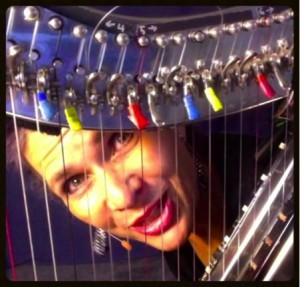 Deborah, you are sooooo creative! What is a fun exercise we can do right this minute; something that will free up our creativity?
Deborah, you are sooooo creative! What is a fun exercise we can do right this minute; something that will free up our creativity?
An unusual mime artist helped me experience physical freedom with my instrument by forcing me to change my physical relationship to the instrument – like, to play the harp from the column end instead of the ‘right’ way.
Or to lay it on the floor and play it, or play it with only one hand, or play full pieces with only one finger at a time.
So try this: go put the harp on the ‘wrong’ shoulder or play it from the ‘wrong’ end. What do you discover? Then tell yourself a story and play a sound-track to yourself. Let the story pull you along, and don’t worry about playing notes – just go for sounds and feelings.
What is something we can do if we get in a rut?
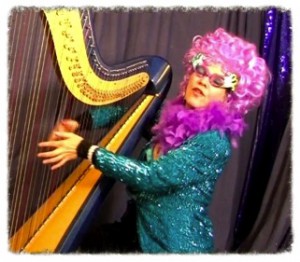
Deborah in her alter-ego…What’s yours?
Romance yourself. Light candles and get dressed up in something that feels slightly risque, or romantic, or theatrical, and then play.
Connect to the romance of what you’re doing.
What is something you recommend to increase agility and accuracy on the harp?
Something we oddly do NOT do, which is focus on doing what you truly CAN do!
We often challenge ourselves with goals, which is great, but we need to solidify what we CAN do.
Invest time in something you can already play at your level. But don’t just play; LUXURIATE! Do not stop, do not fix, do not improve, but really PLAY something you can already play easily, it as if it were the most gorgeous piece of music in the world.
Doing this deepens your fluency, and increases your agility and accuracy.
I saw your tutorial on YouTube that showed how to learn a tune quickly for emergency performance. I was blown away! What are some ways we can simplify a tune and make it even more grand at the same time?
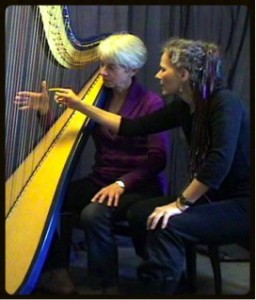 Here are a few pointers from my online “Hip Harp Toolkit.” First, you can create a beautiful combination of accompaniment & bass line by using your left hand to create an open chord. So for instance instead of C-E-G triad, you play C-G-E. You still get all the notes of the triad, but it’s a beautiful open sound.
Here are a few pointers from my online “Hip Harp Toolkit.” First, you can create a beautiful combination of accompaniment & bass line by using your left hand to create an open chord. So for instance instead of C-E-G triad, you play C-G-E. You still get all the notes of the triad, but it’s a beautiful open sound.
This left hand shape trick is gorgeous on the harp. Even playing a single melody note above it, is rich. Later you can use those three notes to create rhythmic accompaniments, by playing them in various orders and rhythms – but it’s the same 3 notes.
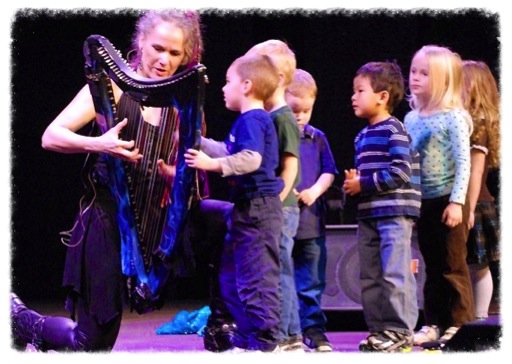
And what else?
Ahhh, the gliss! We often pooh-pooh it – but it’s something the harp has that no other instrument has. I’ve developed different gliss patterns, some for a dreamy feeling, some for rhythmic intensity and some to create that cinematic sweep.
One of the best places for a gliss is a the end of a phrase, leading in to a new phrase. This is especially strong when the bass note is the dominant. So if you’re in the key of C and you see a G chord just before a new phrase, it might be a good place for a gliss, first playing a G octave in the bass, letting it ring, and then glissing over it. You can see this and more on the free video tutorial:
How to get a “Handel” on Arrangement
(This demonstrates fooling the listener into thinking we are doing something hard!)
How much should we practice each day?
Between 20 minutes and 2 hours is optimum. Even if you only practice 20 minutes a day, if you’re focused and consistent, it’s beneficial.
Practicing more than 2 hours doesn’t work for me. If I need to ‘learn’ something mentally (like memorizing or learning chord changes), it’s helpful for me to do a short session, leave and then come back for another short session.
 How much do YOU practice each day?
How much do YOU practice each day?
Between 20 minutes to 2 hours.
I’m often busy running my online school or preparing for performances so sometimes I don’t get more than 20 minutes.
I created a set of exercises that allows me to work my whole hands in that 20 minute period.
If I’m working on a show, I play through the whole show each day, even if I shorten each piece. That way I get the flow of the whole.
What are three unique things we could do to increase the effectiveness of our practice time?
1- Naps. If you need to learn to get more coordinated fast, take naps between practice sessions. Something about sleep allows your brain and body to integrate the coordination.
2- Have everything really prepared beforehand. I call it “Creating Conducive Conditions” – so that everything you need is there before you start.
3- Use a timer to help focus. It helps me, anyway.
MORE of DHC’s wisdom soon…


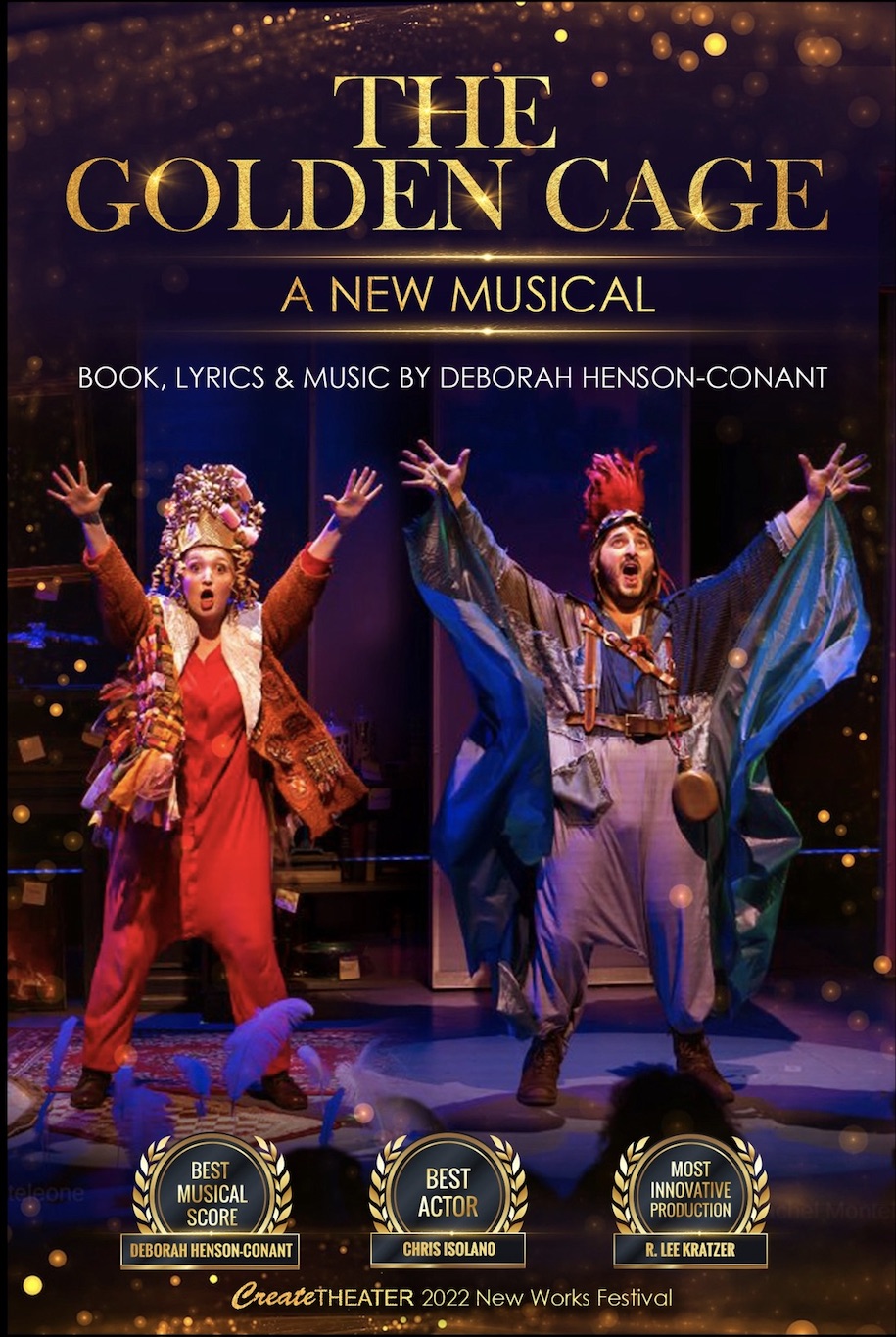
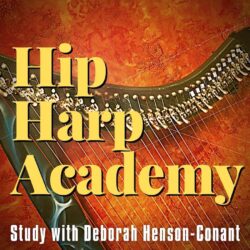

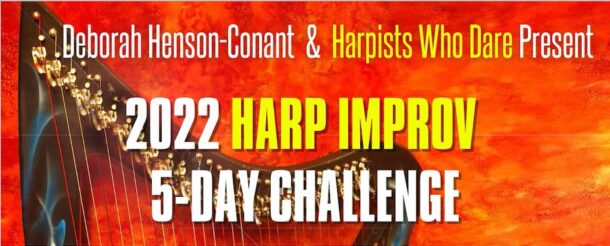
So great to read these very helpful and very doable pointers. And so glad you are going to be a part of the Southeastern experience!